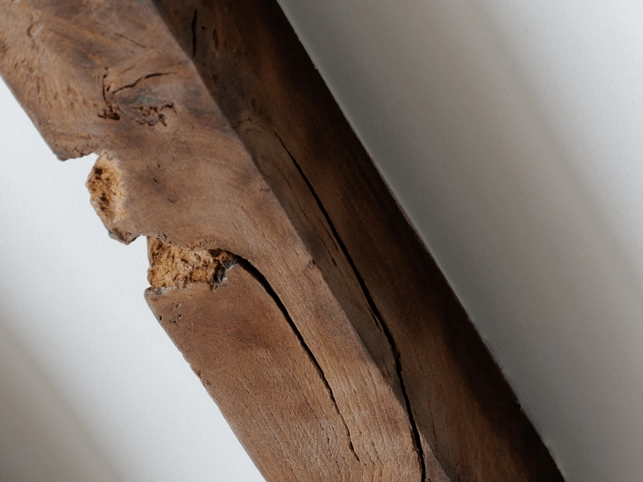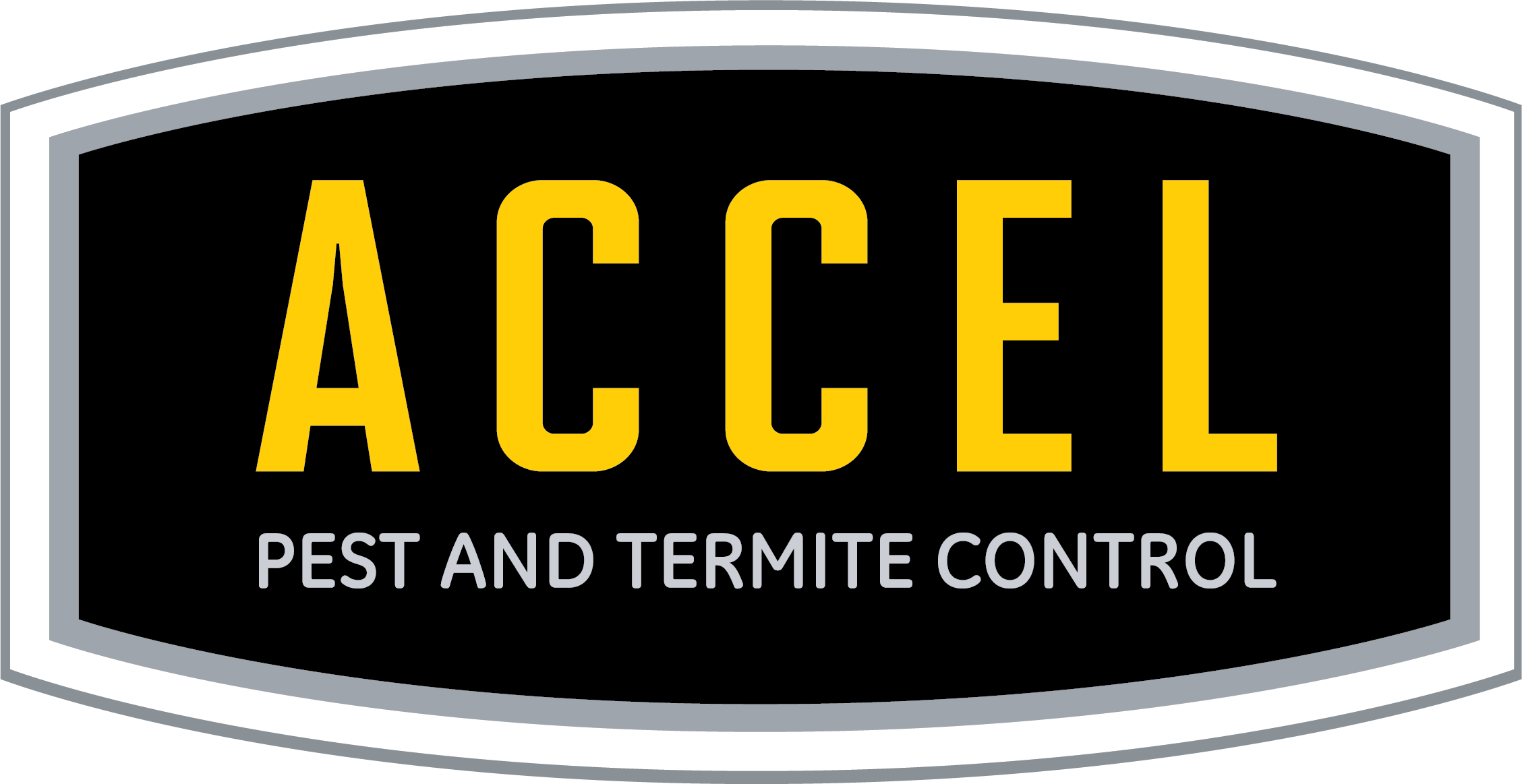Termites or Carpenter Ants? Identifying the Differences

When it comes to wood-destroying pests, termites and carpenter ants are often mistaken for one another. However, correctly identifying these insects is crucial for effective pest management. In this blog post, we will highlight the key differences between termites and carpenter ants, including their appearance, behavior, and potential damage to your home. By understanding these distinctions, you can take the necessary steps to protect your Virginia home from these wood-destroying invaders.
Carpenter ants have elbowed antennae, a narrow waist, and wings of unequal length. Their bodies are typically black or reddish-brown.
Behavior: One significant difference between termites and carpenter ants lies in their feeding habits.
Termites consume wood for nourishment and can cause severe structural damage over time.
Carpenter ants excavate wood to create nests but do not eat the wood. They primarily seek moist or decaying wood for nesting purposes.
Damage: While both termites and carpenter ants can cause harm to wooden structures, the extent and patterns of damage differ.
Termites typically create long, interconnected tunnels within the wood, resulting in weakened structures that may appear hollowed out.
Carpenter ants excavate galleries, leaving behind smooth, clean tunnels without mud or soil.
Frass: Frass, the debris left behind by insects, can provide valuable clues for identification.
Termite frass resembles sawdust or powdered wood and is usually found near infested areas.
Carpenter ant frass consists of wood fragments and insect body parts and is often deposited outside the nest entrance.
Seasonal Swarming: Both termites and carpenter ants engage in swarming behavior during mating seasons. However, their swarmers can be differentiated by certain characteristics.
Termite swarmers have straight antennae, uniform wings, and shed their wings quickly after swarming.
Carpenter ant swarmers have elbowed antennae, unequal wings, and retain their wings for some time after swarming.
Properly identifying termites and carpenter ants is crucial for effective pest control and prevention. Understanding the differences in appearance, behavior, damage patterns, frass, and seasonal swarming can help you determine the appropriate course of action to protect your Virginia home. If you suspect an infestation or require expert assistance, contact Accel Pest and Termite Control. Our experienced professionals are equipped to accurately identify and address termite and carpenter ant infestations, ensuring the long-term integrity of your home. Don’t let wood-destroying pests compromise your peace of mind—take action today to safeguard your valuable investment.
